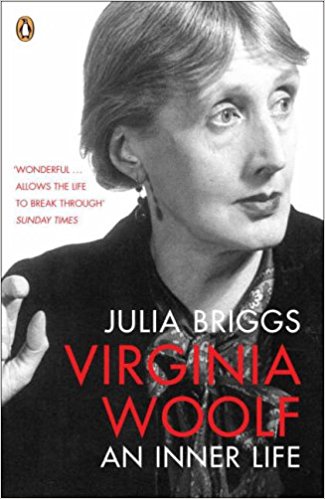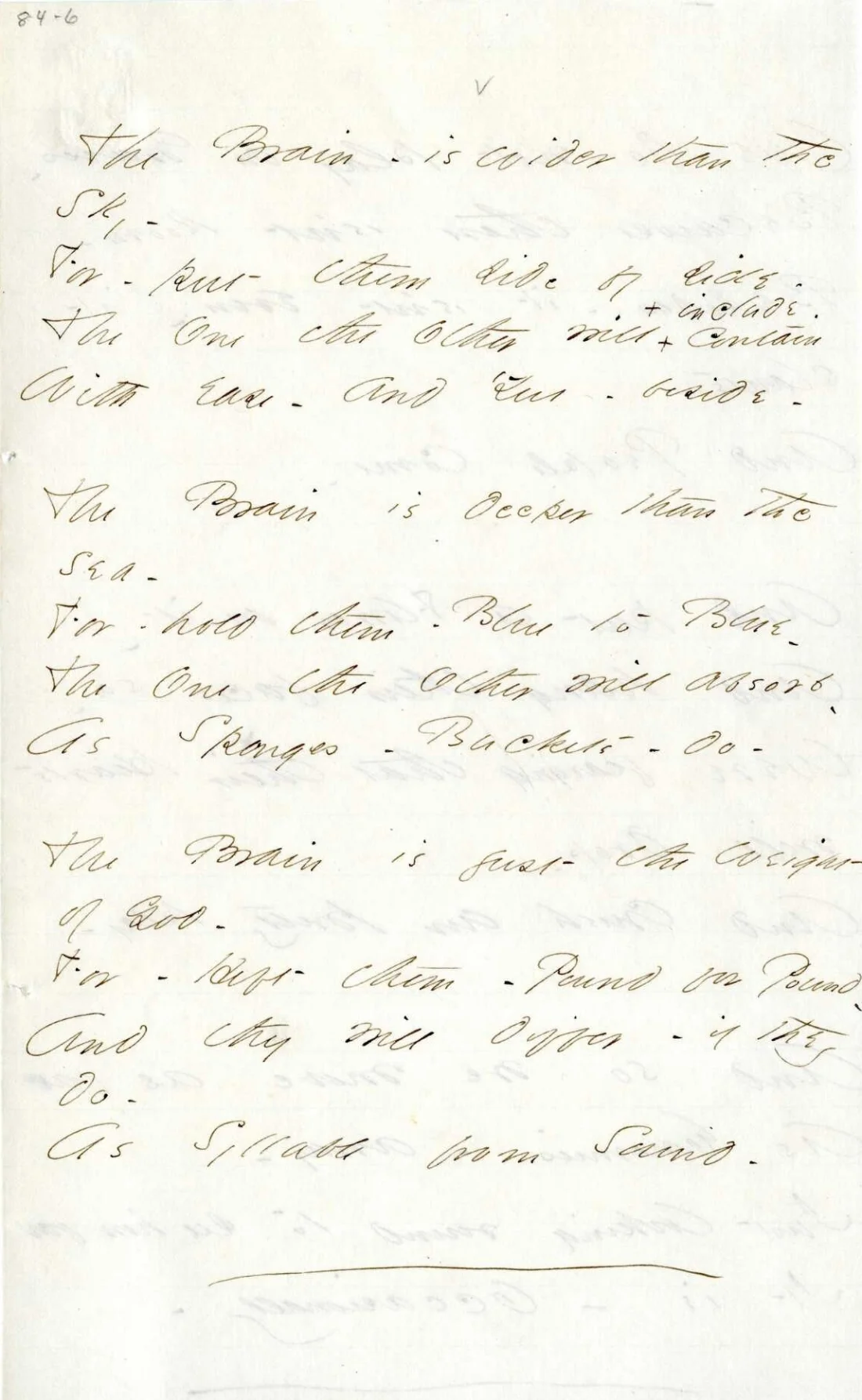Virginia Woolf: Making Modernity Visible
"Friday, August 15, 1924 ...Coming back the other evening from Charleston, again all my nerves stood upright, flushed, electrified (what’s the word?) with the sheer beauty—beauty astounding and superabounding. So that one almost resents it, not being capable of catching it all and holding it all at the moment. One’s progress through life is made immensely interesting by trying to grasp all these developments as one passes. I feel as if I were putting out my fingers tentatively on (here is Leonard who has ordered me a trap in which to drive Dadie to Tilton)..." —Virginia Woolf, from A Writer's Diary
In the video from the British Library “Virginia Woolf’s Mrs Dalloway,” Professor Elaine Showalter of Princeton University shares Woolf’s ambitions for her fifth novel. Biographer Julia Briggs quotes Woolf from one of her own essays, "Introduction to Mrs. Dalloway;" as Woolf explains it, these ideas developed their own form as she wrote, the way "the oyster starts or the snail to secrete a house for itself. And this it did without any conscious direction,...it was necessary to write the book first and to invent a theory afterwards."
From Showalter, we see that Woolf did have clear goals for the novel's themes, structure, and purpose before starting. But through the act of writing, Woolf was able to bring them into being. The manuscript for Mrs. Dalloway, according to Showalter, reveals this process:
It is an amazing guide to a writer’s mind. It took Woolf a long time to work out the form of the novel, and what’s wonderful about being able to see the manuscript is you can really follow to an extraordinary degree how her mind was working and the paths that she was blazing. I mean, she’s not following them, she’s discovering them as she writes.
The video goes a step further by reminding us that novels are creations of their time. We are presented with an image of an author who is making sense of the great changes brought on by war, technology, and innovations in art:
Woolf was really struck by the changes in the aftermath of the Great War. They were changes that affected the class system, but that also affected the family, human changes, personal changes, changes between, she said, parents and children, husbands and wives. And when human relations changed the whole social structure changed, the political structure changed, the society changed. She wanted to represent that, first of all in details, the details of modernity, so the novel is full of cars, automobiles, there’s an aeroplane, something very new, I mean brand new in 1922. There’s the cinema, also a new way of entertaining people, people being entertained, but also a new way of perceiving the world, which was very influential for her.
Such changes inspire Woolf to explore form and literary technique--active experimentations of how ideas are presented. Professor Showalter describes Woolf’s experimentation with narration:
Rather than have the omniscient narrator of 19th century fiction and Edwardian fiction, Woolf thought that the narrative should be managed by multiple perspectives. There’s not one all-knowing narrator, there are several different points of view in the story, and that’s why it was very important for her to have her characters not only see but be seen. You have to look at them from a number of points of view. She needed to show what she calls psychological notation. What is the interior reality? What is happening inside as people see the world, as they live in it with their own memories, fantasies, projections, associations, and as they are perceived by the people they encounter?
Showalter relays the influence of cinema in Woolf's writing techniques:
So in the novel she’s adapting, in a way, the techniques of film montage, having images next to each other, the close up, the tracking shot where you move along a street, you know, from one person to another.
And the portrayal of a city in as much flux as its people:
London is an organism, it’s a living part of the book. You go through it and you go through the day in London and the city itself changes as people change, and it has its own moments as it moves through the day marked by the bells. But how do people then relate to each other, how do you go across the city and show them?
Woolf's novel does indeed seem to resemble the oyster's pearl, for she takes the flurry of city and thoughts and transforms them.
Additional Resources
For further information on Woolf and the influence of modernity on themes in the novel Mrs. Dalloway, read Elaine Showalter’s article, “Mrs. Dalloway: Exploring Consciousness and the Modern World.” The article offers additional links to view Woolf’s handwritten manuscripts for Mrs. Dalloway, and letters and essays which reveal the influence of literary works of art (James Joyce's Ulysses, for example), and art movements, such as cubism. For a transcript to the video, click here.
Julia Brigg's Virginia Woolf: An Inner Life, frames Woolf's life around the chronology of her novels. Each chapter presents an individual work and weaves Virginia's writing life with the themes and narratives of her work.
*Frontispiece
Notebooks of Virginia Woolf for her novel Mrs Dalloway, 1925, and for essays published in The Common Reader, 1925, created 27 June, 1923-after 28 January, 1924; courtesy of The British Library © The Society of Authors





